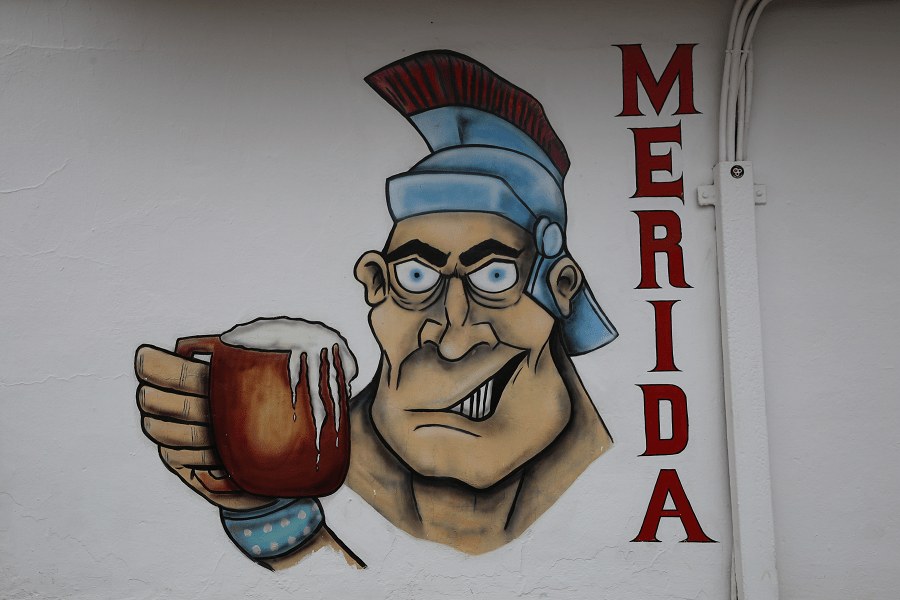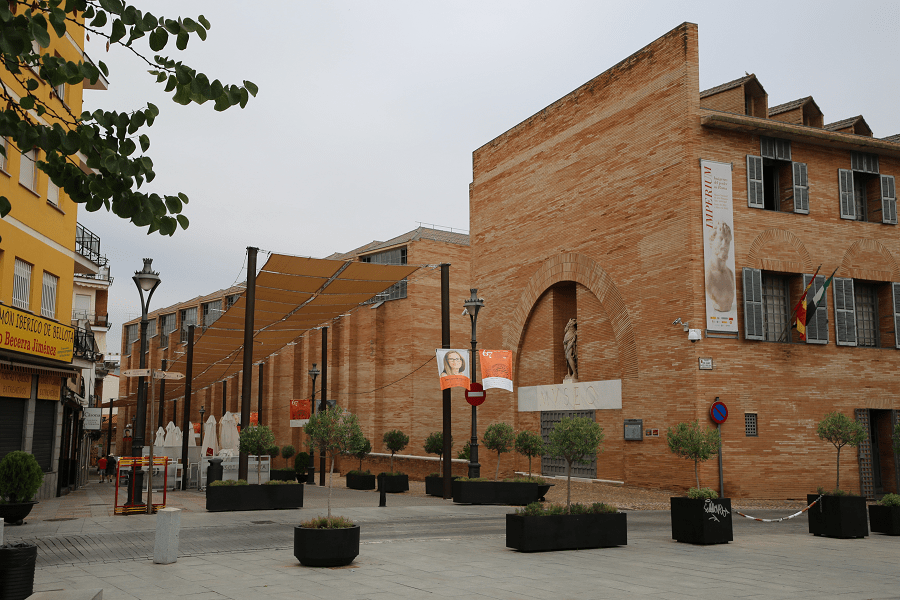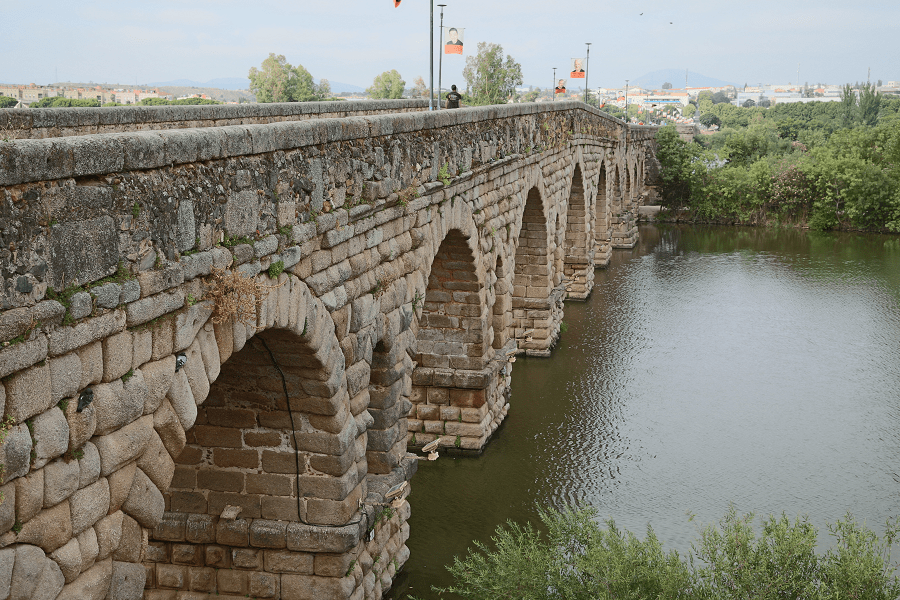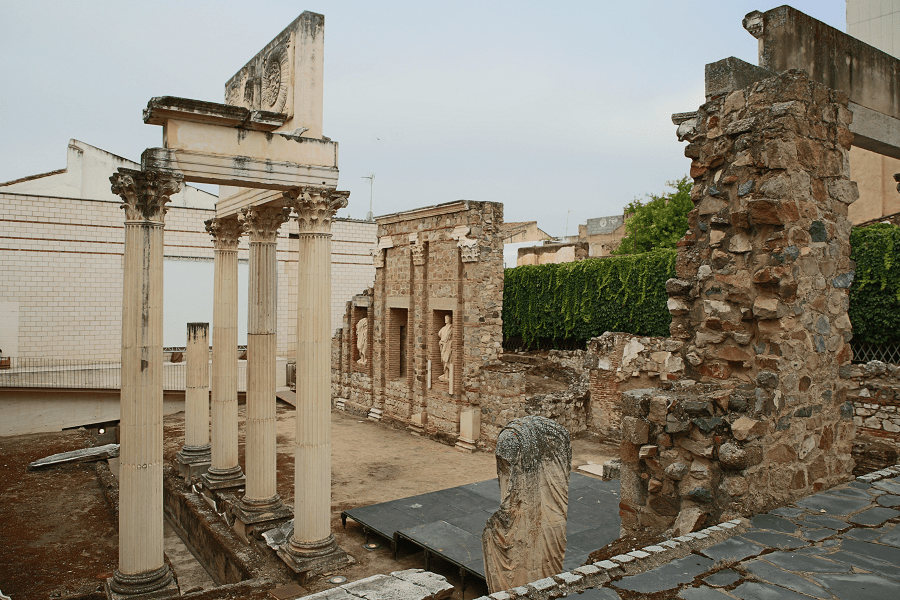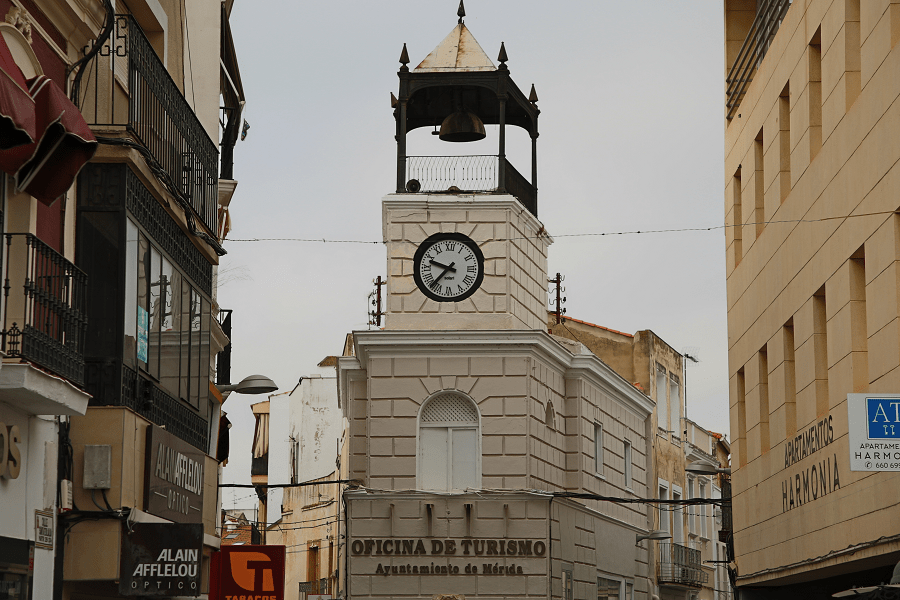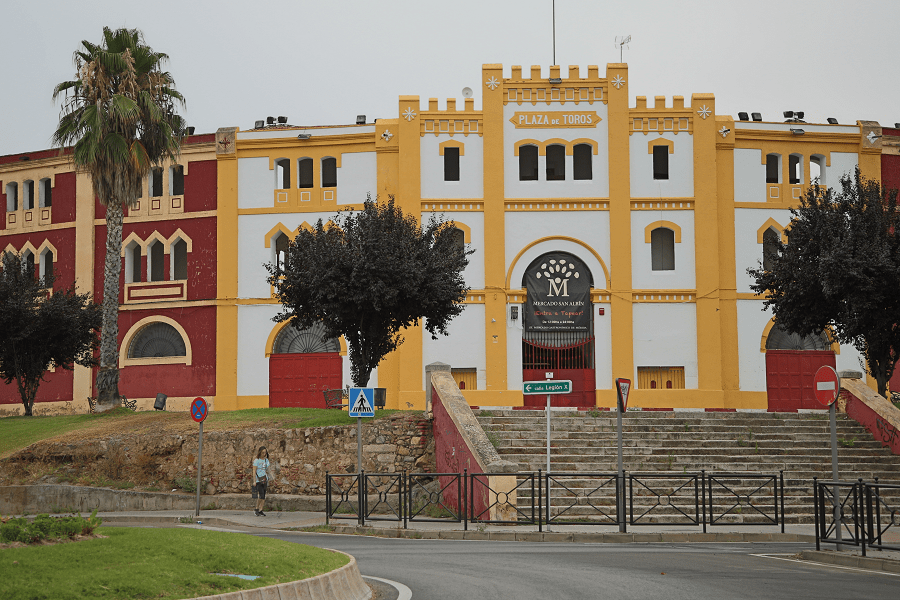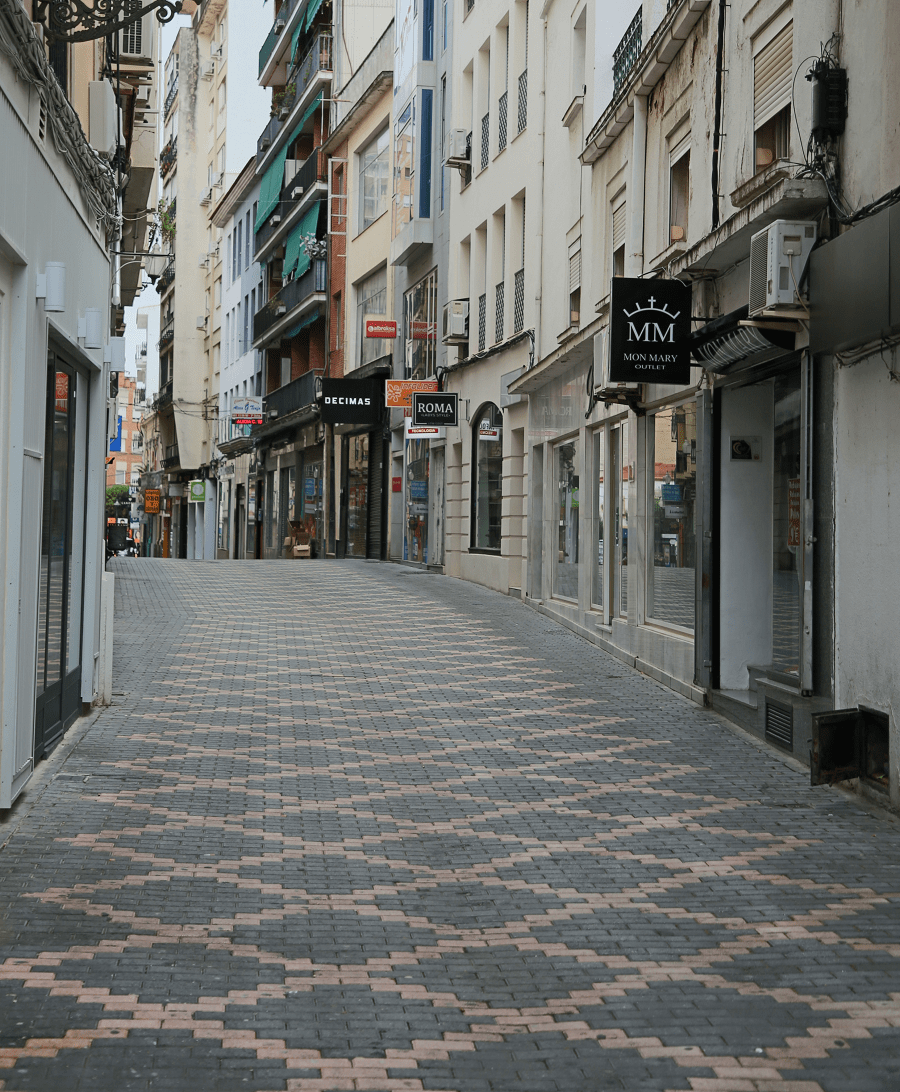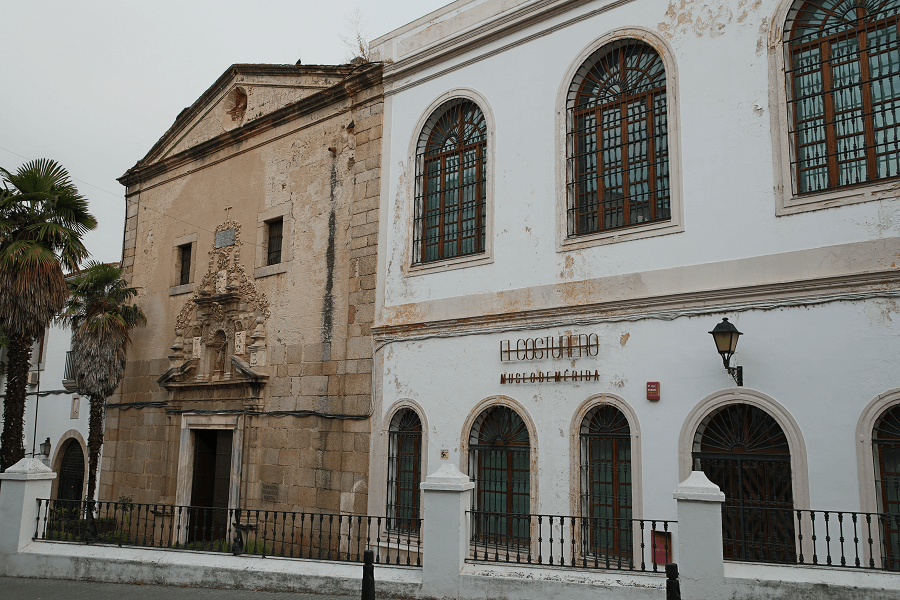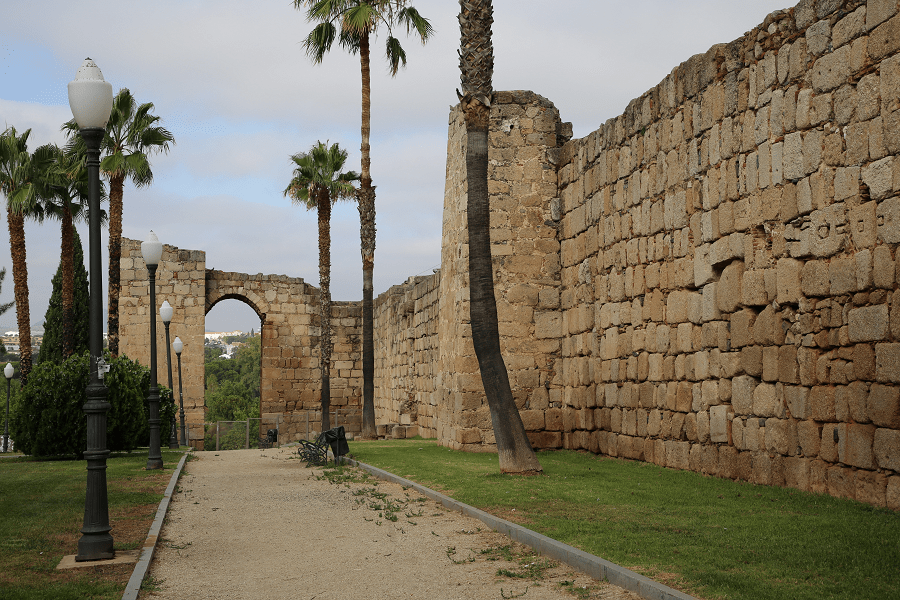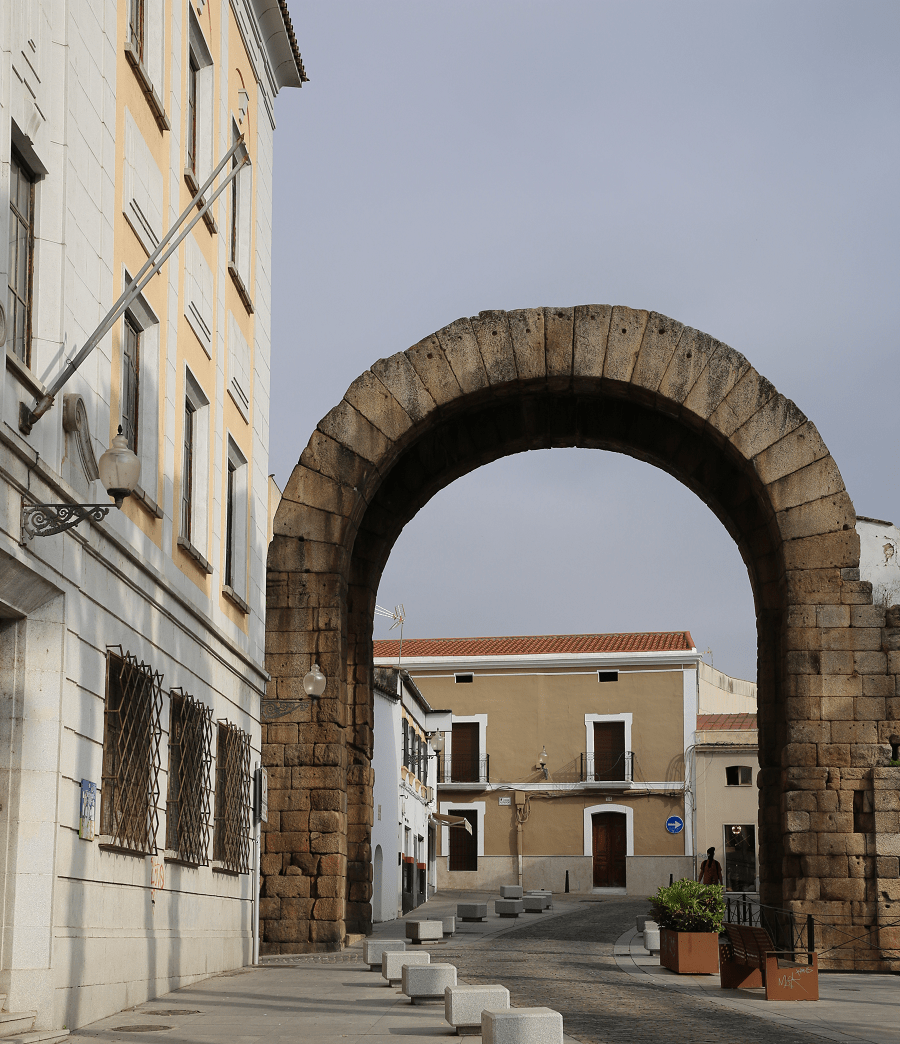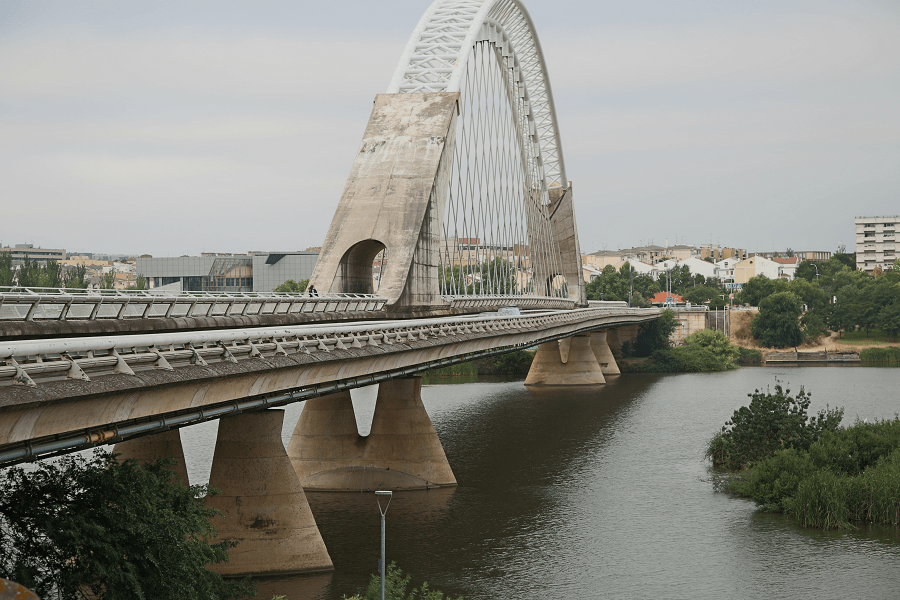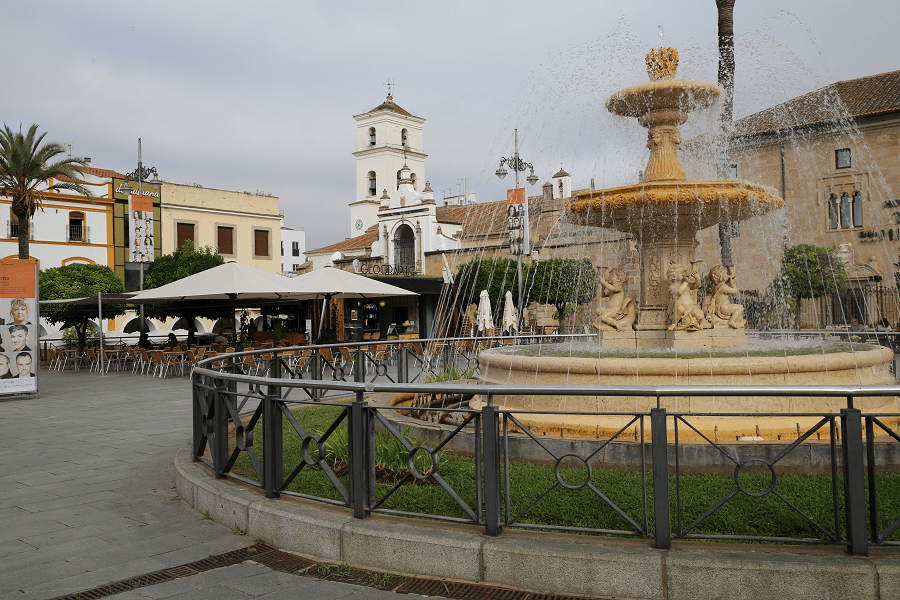Mérida is a city and municipality in Spain, part of the province of Badajoz, and capital of the autonomous community of Extremadura.
Mérida is geographically located almost in the center of the region, crossed by the Guadiana and Albarregas rivers, at an altitude of 217 meters. The “Archaeological Site of Mérida” was declared by Unesco, in 1993, a World Heritage Site, due to its important historical and monumental interest. Ecclesiastically, it is, together with Badajoz, the metropolitan seat of the Archdiocese of Mérida – Badajoz.
Economically, Mérida is a city of services, with a growing importance in the industrial sector and an almost extinct primary sector.
It has the title of “Very Noble, Ancient, Great and Loyal City of Merida.”
Tourism an main attractions
The Roman Forum is an archaeological area in Mérida – the main public area of the Roman city of Emerita Augusta, founded in 25 BC by Emperor Augustus. The city had another forum, the Provincial Forum, built in 50 AD. Together with the other archaeological sites of the city, it was inscribed in the UNESCO World Heritage List in 1993.
Mérida, or Emerita Augusta in Latin, was once the capital of the Lusitania imperial province that included most of Portugal as well as the western central portion of Spain. It contains many common places found in a Roman city: buildings such as theaters, temples, forums, and arenas. Mérida’s ruins are mostly still intact, despite the passage of time of approximately 2,000 years. Mérida preserves more important ancient Roman monuments than any other city in Spain.
The Puente Romano is a Roman bridge over the Guadiana River. It is the world’s longest (in terms of distance) surviving bridge from ancient times, having once featured an estimated overall length of 755 m with 62 spans. Today, there are 60 spans (three of which are buried on the southern bank) on a length of 721 m between the abutments. Including the approaches, the structure totals 790 m. It is still in use, but was pedestrianized in 1991 as road traffic was redirected to use the nearby Lusitania Bridge.
Annexed to the bridge is the Alcazaba of Mérida, a Moorish fortification built in 835.
Close to the remains of the Acueducto de los Milagros, there exists another Roman bridge at Mérida, the much smaller Puente de Albarregas.
The Roman circus of Mérida is a ruined Roman circus, was for chariot racing, it was modelled on the Circus Maximus in Rome and other circus buildings throughout the empire. Measuring more than 400 m in length and 30 m of width, it is one of the best preserved examples of the Roman circus. It could house up to 30,000 spectators.
The Acueducto de los Milagros is the ruins of a Roman aqueduct bridge, part of the aqueduct built to supply water to the Roman colony of Emerita Augusta.
Only a relatively small stretch of the aqueduct still stands, consisting of 38 arched pillars standing 25 metres high along a course of some 830 metres. It is constructed from opus mixtum – granite ashlar blocks interspersed with red brick – utilising a double arcade arrangement. The structure originally brought water to the city from a reservoir called the Lago de Proserpina, fed by a stream called Las Pardillas, around 5 km to the north-west of Mérida.
It is thought to have been constructed during the 1st century AD, with a second phase of building (or renovations) around 300 AD. In later centuries, the inhabitants of Mérida dubbed it the “Miraculous Aqueduct” for the awe that it evoked.
The Amphitheatre of Mérida is a ruined Roman amphitheatre situated in the Roman colony of Emerita Augusta. The city itself, Emerita Augusta, was founded in 25 BC by Augustus, to resettle emeritus soldiers discharged from the Roman army from two veteran legions of the Cantabrian Wars (the Legio V Alaudae and Legio X Gemina). The amphitheatre itself was completed in 8 BC. The term emeritus refers to the soldiers, all of whom had been honorably discharged from service.
Visigothic and Arab legacy:
- Pilgrims Hospital (Xenodochium)
- Paleo-Christian Basilica of Casa Herrera
- Cathedral of Santa Maria de Ierusalem
- Cauliana or Cubillana Monastery
- Arab Alcazaba
Religious architecture:
- The Metropolitan co-cathedral of Saint Mary Major of Mérida
- Basilica of Santa Eulalia
- Church of Santa Clara
- Church of Our Lady of Antigua
- Church of Our Lady of Carmen
- Convent of RR.MM. Franciscan Conceptionists
- Convent of Jesús Nazareno
- Convent of San Andrés
- Convent of Santiago
- Convent of the Freylas de Santa Eulalia
- San Juan de Dios Hospital
- Franciscan Convent of San Isidro de Loriana
- Remains of the defunct Ermita de Santa Catalina, an old synagogue.
Civil architecture:
- Vera-Mendoza palace
- Corbo palace
- Town hall
- China palace
- Royal Butchery factory
- Hernán Cortés Artillery Barracks
Modern architecture:
- Iron bridge
- Lusitania Bridge
- Bullring
- Jesus Delgado Valhondo Library
- Extremadura School of Public Administration
- Congress and Exhibition Palace
- IFEME
- Morerías building
- Mérida III Millennium
- Leisure and Young Creation Factory
- General Archive of Extremadura
- Hernán Cortés Cultural Complex
- Merida Tower
- CHG Headquarters
Museums
The most visited museum in the city is the National Museum of Roman Art, the work of the architect Rafael Moneo. Inaugurated in 1986, it houses a large collection of objects from the Roman period from the archaeological site of what was the Emérita Augusta colony, today Mérida. The museum also has the Visigoth Art Collection, which is the most important of this time together with the existing heritage in Toledo, although it is much less known than the Roman art collection and less visited. The collection of Visigothic art is exhibited in the Church of Santa Clara, which was the headquarters of the primitive Roman Museum since 1838. These are pieces recovered from Visigoth temples, pilasters, capitals, cymbals, lintels, beautifully decorated friezes are exhibited.
The Railway Museum, located in the Open Museum of Mérida, houses an exceptional collection of objects related to the railway, photographs and videos, as well as a large scale model with moving trains.
El Costurero. Museo de Mérida. The Mérida Museum houses two collections: the Juan de Ávalos Collection, made up of works by this sculptor from Mérida, and the Ramón Carreto Collection, which exhibits antique dolls and toys dating from the 17th to the 20th century.
Festivals
Roman Carnival of Mérida: in February, declared of Regional Tourist Interest.
Holy Week in Mérida: March-April. Declared of International Tourist Interest by Resolution of the Secretary of State for Tourism from August 6, 2018.
September Fair: these are the most important festivals in the capital and are celebrated during the first week of September. Its origin dates back to the Asunción fair, which took place on August 15. In it, in addition to the religious acts, which took place in the cathedral, bullfighting shows were held.
Extremadura Day: September 8. On the eve of the festival, the Roman theater in the capital becomes the setting in which the institutional act of the community and the delivery of the Extremadura Medals take place.
Feria Chica: important gypsy fair held on the festivity of October 12.
Santa Eulalia de Mérida, takes place on December 10. Feast of marked religious character in which the martyrdom of Santa Eulalia, patron saint of the city, is commemorated.
Cuisine and best restaurants
The gastronomy of Mérida is based on products provided by local nature: Iberian ham, cheeses, oils, vegetables, wild fruits, meats, spices … As the capital of Extremadura, Mérida has managed to catch up in the preparation and presentation of all the typical dishes of the region in its bars and restaurants.
Prestigious dishes such as gazpacho or ajoblanco, red veal seasoned with pepper, lamb stew, rabbit, partridge or hare join the traditional cuisine of very Extremaduran names, such as cojondongo, las migas, the zorongollo, the jilimojas or the lamb shoulder cardincha.
There are numerous data on Roman gastronomy, its ingredients and its presentation, which in summer are used by various restaurants in the city that offer Roman dinners and meals. Similarly, and as a good option for visitors, in Mérida there is a Tapa Fair, held at IFEME. After this the Ruta de la Tapa starts, which offers the possibility of knowing part of this gastronomy while visiting the city. Some typical dishes are:
- Salads: zorongollos, cojondongo, jilimojas
- Extremadura gazpacho
- Extremadura crumbs
- Roast or stewed lamb meat
- Lamb stew
- Merida-style rabbit
- Pickles with river fish
- Scrambled eggs with wild asparagus
- Pestorejo
There is one Michelin list restaurant in the city:
A de Arco, Trajano 8, 30 – 45 EUR • Traditional Cuisine
Transport and how to get to?
For regular air connections, the city has Badajoz airport, 45 km away on the A-5 highway. It is managed by Aena and the following airlines operate on it:
Iberia (operated by Iberia regional): Madrid, Barcelona, Palma de Mallorca (seasonal), Ibiza (seasonal) and Tenerife North (Summer 2019).
Air Europa: Palma de Mallorca (seasonal).
Distance to the main cities of Extremadura:
From Badajoz 46 min (66.5 km) via A-5
From Caceres 53 min (75.1 km) via A-66
From Madrid 3 hr 21 min (338 km) via A-5
Main information
Area: 865 sq. km (municipality)
Coordinates: 38°54′57″N 6°20′00″W
Population: 59 548
Languages: Spanish
Currency: Euro
Visa: Schengen
Time: Central European UTC +1



